By Rabbi Yair Hoffman for 5tjt.com
Today is 7 Tammuz – the 43rd Yartzeit of Rav Gedaliah Schorr zatzal (1910-1979). Rav Gedalia Schorr, was called America’s first Gadol, by Rav Aharon Kotler zt”l.
He was a student of HaGaon HaRav Dovid Leibowtz zt”l in Yeshiva Torah VaDaas. When Rav Shlomo Heiman zt”l took ill, he asked that Rav Gedalia give shiur in his stead. Rav Gedaliah went to learn in Kletzk, Poland, under Rav Aharon Kotler and later became the Rosh Yeshiva of Yeshiva Torah VaDaas in 1958 after the passing of Rav Reuvain Grozovsky zt”l. He loved and knew every talmid like a father to a son.
The following are eleven thoughts and sayings of his. [If anyone is interested in sponsoring a short educational video on this Gadol or other Gedolim, please contact the author at [email protected]]
*** THERE IS AN OVERWHELMED FRUM FAMILY – THAT NEEDS ASSISTANCE. PLEASE HELP IF YOU CAN***
https://thechesedfund.com/zechornilah/salarycutcantpayforsem
- The Midrash (BR 8:10) tells us that the Malachim erroneously thought that Adam Harishon was HaKadosh Boruch Hu and wished to say Shira and Kadosh before him. How could this be? The answer is that Adam was created b’tzelem elokim and his neshama is a chailek elokah mimaal. This is our potential!
- The concepts of mere resolve and stick-to-it-ism contain tremendous powers of growth. Rav Gedaliah Schorr once said: Yaakov Avinu, even while he was in Galus arose from one madreigah to another. The galus did not affect him negatively at all. His growth was such that the parsha concludes ‘vayifgeu bo malachei hasharais – the angels themselves met with him. The term pagah refers to the notion of chidush – containing an element of shock. The malachim were shocked both of this tremendous growth as well as to the fact that it happened in the house of Lavan. How did it happen? Because he did not deviate one iota from his Avodas Hashem – this resolve was what caused his growth – such growth that even the Malachim himself were in awe. Ohr Gedalyahu Parshas Vayetzai p.98
- Part of the Mitzvah of being mesamayach a chosson and kallah is bringing them gifts as the Rambam explains in hilchos Avel 14:1. In the sheva brachos we say about Hashem, mesamayach chosson vekallah. So what is the gift that Hashem brings the chosson and Kallah? It appears that it is the mechilah on all aveiros and the ability to start over – which is the greatest gift of all! (at a sheva brachos)
- The entire concept of a Korban being effective to remove aveirah – comes from Avrohom Avinu at the Akeidah. He davened to hashem that in the merit of his willingness to listen to hashem in the Akeida that his descendents houls have the ability to receive mechilah by offering something. From Rav Gedalia’s words we see the kochos of dedication to the ratzon Hashem.
- When the Simon Weisenthal Holocaust Museum was opened in California even bringing in stones from Auschwitz to show visitors, he responded emotionally, “They must certainly think that that they are building it so that anti-semites will see how far evil can take them and that they will do teshuvah. The truth is that it will not help at all. These types of places are only school houses of terrorism. It will instruct them as to how far they can strike Jews, may the Merciful One protect us.” Meged Givaos Olam Vol. II
- That which they say “the Shabbos after Shavuos” we still retain the sparks and light of Yom Tov – that Shabbos [when combined with its kedusha and that of the sparks and lights from Shavuos] is a very special time for hisorerus. The Maharsham had a proof to this from a teshuvah of the Radbaz Vol. Vi #2178. The Gemorah in Chagigah 26b states that after [every] yom tov the Kohanim would show the people the nissim that the lechem hapanim would still be fresh and warm and how much Hashem loved Klal Yisroel. This happened on Shabbos. Now why were the people there Shavuos? It was because they stayed. This si why it is called Shabbos noch Shavuos – and it has special Kedusha.
- The Midrash Bereishis Rabbah 60:2 tells us Eved maskil – zeh eliezer. Now each person has a particular mission or task in life – whether he admits to it or not. He must fulfill this task to his best ability. He should not try to rid himself of that task. What was the wisdom of Eliezer? The main aspect of his wisdom is that he knew his task and place. His place was the be the servant of Avrohom and through that he can achieve the apogee of what he was meant to do. He did not try to releive himself of this task or his responsibilities. This must be true of all people. We must recognize our task, and the particular strengths that shamayim has given us. We must serve Hashem with these kochos and not search for other aspects and heights that were not meant for us. Eliezer performed his task with all his abilities.
- Rav Menachem Zeimba zt”l wrote remarkable chiddushim on the entire Torah. The gzeirah that was the Churban was not only on him – but also on his Torah chiddushim – which could have enlightened all of Klal Yisroel. Only two seforim were saved: Totzaos Chaim and responsa Zera Avrohom. It is remarkable that these two seforim were printed as a chessed – to commemorate the memory of two Talmidei Chachomim. This was Torah of chessed – and that is why his Torah was saved from the Churban.
- When someone does an action – there are not only different levels of intent, but different types of intent as well. Rav Schorr zt”l would quote Rashi (Bereishis 9:23) on the pasuk of how it says, “And he took, Shaim and Yafes, the clothing and draped it on Noach. WRashi explains that Shaim exerted himself more in the Mitzvah than Yafes did. He therefore received the Mitzvah of Tzitzis for his decendents, while Yafes merited burial for his descendents as it says in Sfer Yechezkel 39:11 And I shall give Gog a burial place. Now the action that they each did was the same. The difference between them pertains to the type of intent that they each had. Shaim’s intent reflected inner depth, true understanding and for the sake of a Mitzvah. This is why he merited to a Mitzvah that reflects the inner nature of clothing. Yafe’s intent was external and aesthetic – so that things should look nice. This is the essence of Yavan to focus only on the out aesthetics and ignoring the inner depth and value.
- And Mordechai knew all that had transpired (Esther 4:1). Rashi explains that he was told this information in a But how does Rashi know this? How do we know that it wasn’t through Ruach haKodesh or through Eliyahu HaNavi – as is indicated in the Midrash (Esther Rabbah)? Rav Schorr explained based on the Gemorah in Chagigah 5b, “And I shall surely hide My Face on that day” – Even though I shall hide My Face from them – I shall speak to him in a dream (BaMidbar 12:6). Even in a period of Hester Panim – Klal Yisroel will still merit communication through a dream.
- There are two types of yirah. There is one that is calculated and developed intellectually. But there is a more fundamental yirah – one that exists naturally, like that which is found in the Beis HaMikdash as in the tefillah vesham naavadcha b’yirah. The main yirah is when there is a divine revelation and based upon the understanding of the person he is filled with true Yirah. (Ohr Gedalyahu parshas beshalach)
*** THERE IS AN OVERWHELMED FRUM FAMILY – THAT NEEDS ASSISTANCE. PLEASE HELP IF YOU CAN***
https://thechesedfund.com/zechornilah/salarycutcantpayforsem
The author can be reached at [email protected]
*** THERE IS AN OVERWHELMED FRUM FAMILY – THAT NEEDS ASSISTANCE. PLEASE HELP IF YOU CAN***
https://thechesedfund.com/zechornilah/salarycutcantpayforsem

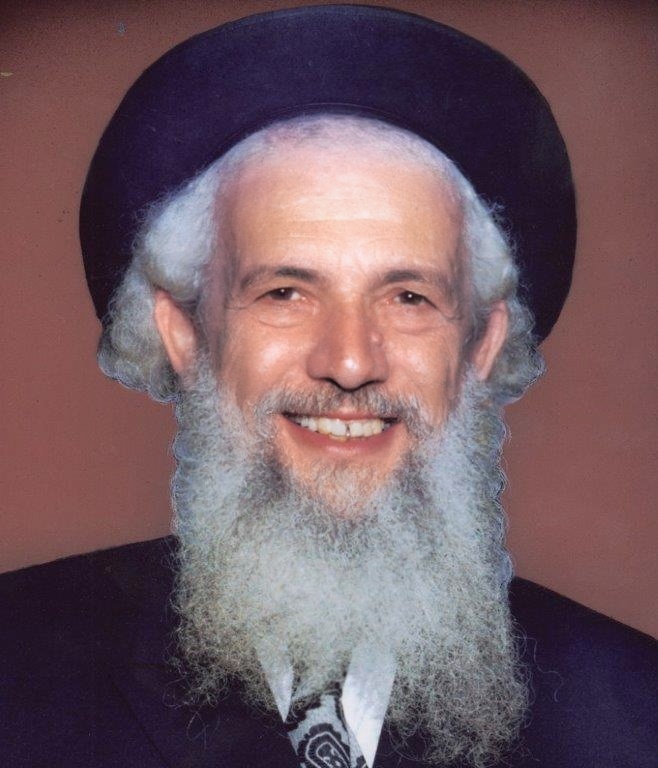

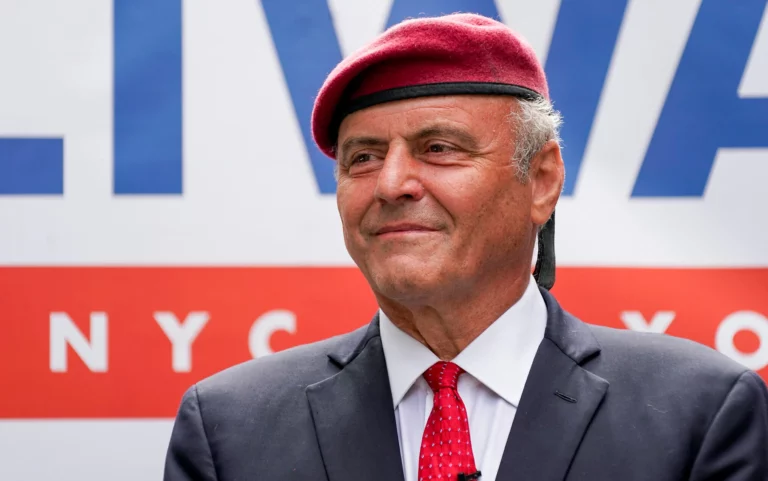
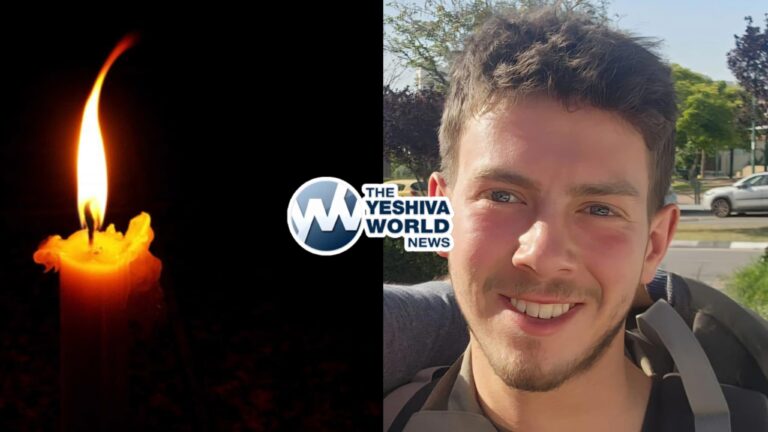

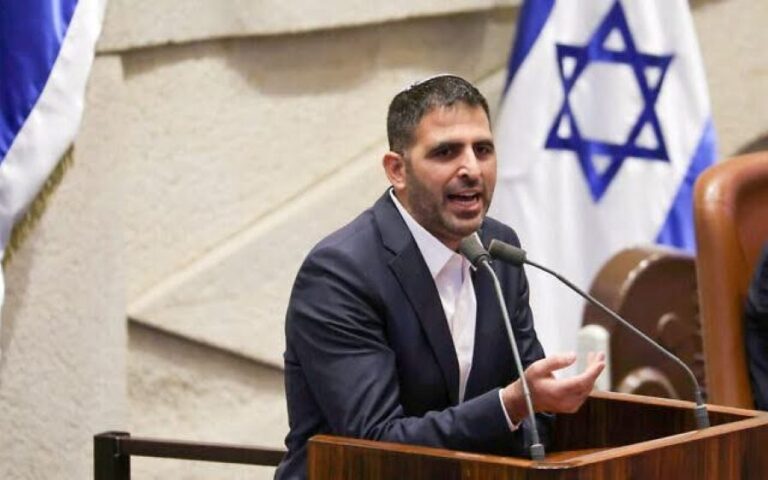
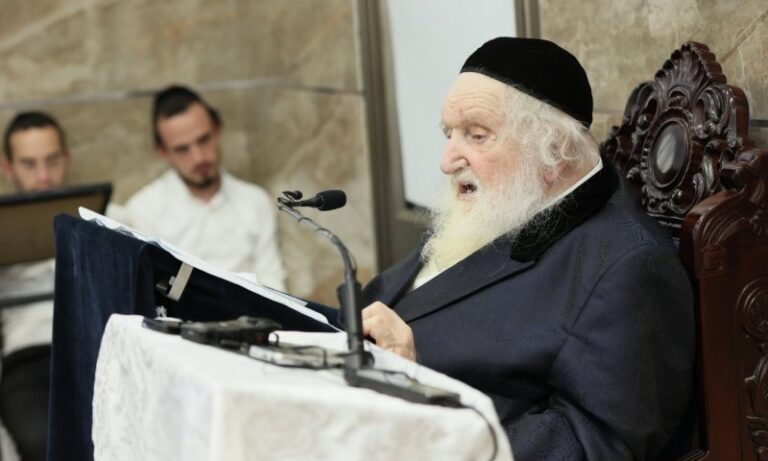
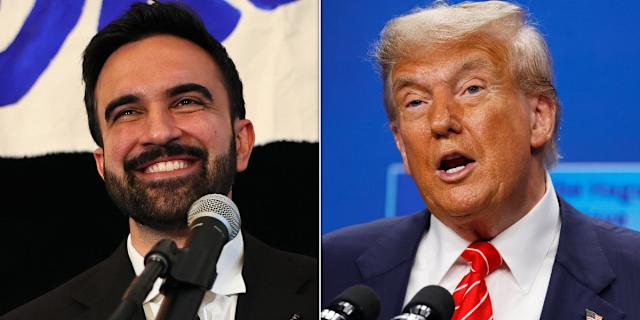
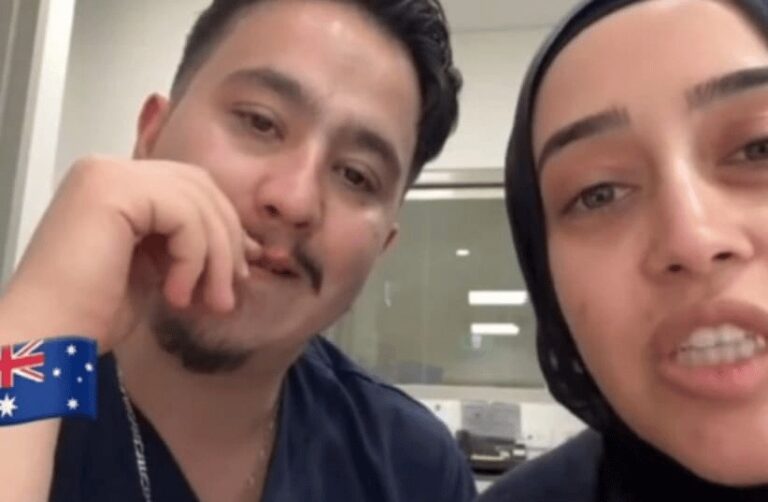

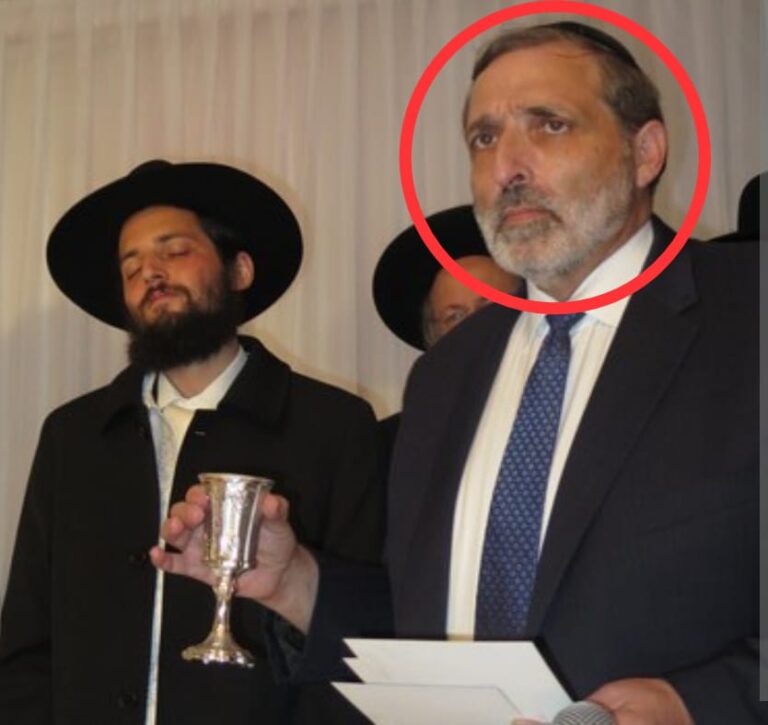
16 Responses
“later became the Rosh Yeshiva of Yeshiva Torah VaDaas in 1958 after the passing of Rav Reuvain Grozovsky zt”l.”
Do not forget Rosh Yeshivas Teyreh Vodaas Rav Yankev Kamenetsky zt”l, who was there years before then.
Re: 1. The Midrash (BR 8:10) tells us that the Malachim erroneously thought that Adam Harishon was HaKadosh Boruch Hu and wished to say Shira and Kadosh before him. How could this be? The answer is that Adam was created b’tzelem elokim and his neshama is a chailek elokah mimaal. This is our potential!
This is likely based on the following Gemarah, HOWEVER, explicit from the Gemarah is that this applies only “in the future”. Therefore, yes, the potential of every Yid is to be a tzaddik, and such a tzaddik will be called by the name of Hashem and called “Holy” – in the “future” (when the world will be in a different state).
Bava Basra 75b:
Rabbah bar bar Chanah said in the name of R. Yochanan: “In the future, the righteous will be called by the name of the Holy One, blessed be He, as it is written: ‘All that is called by My Name, indeed, it is for My glory that I have created it, formed it and made it….’ ”
R. Elazar said: “In the future, the term ‘holy’ will be said in the presence of the righteous as it is said in the presence of the Holy One, blessed be He, as it is written: ‘And it shall come to pass that those who are left in Zion and those who remain in Jerusalem will be called holy, everyone in Jerusalem that is inscribed for life.’ And it is written: ‘And those who put their trust in You will be happy; they will sing forever, for You shield them; those who love Your name will rejoice in You.’”
Re: 3. Part of the Mitzvah of being mesamayach a chosson and kallah is bringing them gifts as the Rambam explains in hilchos Avel 14:1. In the sheva brachos we say about Hashem, mesamayach chosson vekallah. So what is the gift that Hashem brings the chosson and Kallah? It appears that it is the mechilah on all aveiros and the ability to start over – which is the greatest gift of all! (at a sheva brachos)
The Shulchan Haezer (vol. 2 page 72) writes that there are those who are not gifted in singing and dancing and are unable to gladden the chosson and kallah in the classical ways. They, therefore, give gifts in order to give simcha to the chosson and kallah.
In ספר המטעמים: Prior to the giving of the Torah, the marriage between Hashem (Chatan) and K’lal Yisrael (Kallah), there was also the giving of gifts. The chatan — Hashem — gave the kallah — the Jewish people — the spoils of Egypt, the spoils of the sea, the manna etc.; and the kallah — the Jewish people — gave the chatan (Hashem) their tenacious attachment to their identity, language, and attire while in Egypt.
Zohar: ח”א קמט, א. ושם: “דאורחא דילן דכל אינון דאכלין לפתורא דחתן
וכלה – כולהו יהבי נבזבזן ומתנן לון” [=מנהגנו הוא שכל האוכלים
משולחנם של חתן וכלה – מביאים להם מנחות ומתנות].
Looking at יבלח”ט his grandchildren שיחיו, he must of been a very holy Yid.
His grandchildren are Chabad Chasidim. One is a Rov in Crown Heights. One is a Magid Shiur in 770, another is a Rosh Yeshiva in Chabad Yeshiva in France.
All of them are גאונים, tremendous Talmidei Chachomim, Yirei Shomayim. They would be “Gedolim” if they were part of the Litvishe Yeshivos. They are very refined, humble Yidden.
Re: 6. That which they say “the Shabbos after Shavuos” we still retain the sparks and light of Yom Tov – that Shabbos…Now why were the people there Shavuos? It was because they stayed. This so why it is called Shabbos noch Shavuos – and it has special Kedusha.
Shavuos had another six days which were added following Shavuot so that all the people could offer the sacrifices associated with the holiday. These days are called yemei tashlumin (days of fulfilment). As such, people remained for Shabbos following Shavuos.
Tzemach Tzedek writes: “After a salesperson attends a major fair in which he purchases great quantities of merchandise, he does not set back home immediately. Instead, he dwells in that location a few more days in order to carefully package his merchandise, so that it won’t be stolen or get damaged on his long journey home.
This is true for Shavuot as well: each of us certainly acquired some ‘merchandize’ from abundant flow of
the holiday’s revelations. We therefore need to dwell a few days after the holiday, to well pack this
‘merchandise’ so that it won’t get lost due to daily distractions” (Sefer Hasichot, p. 285).
Thank you Rabbi Hoffman, marvelous.
May the neshama have an aliyah
Moshe K. – Moshe Kapoye you are indeed.
“His grandchildren are Chabad Chasidim.”
As I recall, only one of R. Schorr’s multiple children, a daughter, married a Habad Hasid (and that was many years ago, before Habad had so openly transmogrified into what it became later). So that means that the overwhelming majority of his descendants are not Lubavitchers.
תאלמנה שפתי שקר
Lemayseh,
I can tell you with certainty that your statements are factually wrong. All of them. I know the Shorr family very well. You obviously don’t…
But keep spewing your hate, it’s good for your arteries. I feel for those around you.
@MosheKapoyer
His children are all humble. He has grandchildren and great-grandchildren all over. His oldest grandchild is Rav Tzvi Meir Zilberberg Shlita who is far more humble and accomplished than all the ones you actually do know .
Re: #3 in the article
That was said in his final drasha moments before his petira.
ZY”A
MosheKapoyer – “I can tell you with certainty that your statements are factually wrong. All of them. I know the Shorr family very well. You obviously don’t…
But keep spewing your hate, it’s good for your arteries. I feel for those around you.”
I write for those who want to know the truth. Those who prefer שקר, go to “Moshe Kapoyer”.
Rav Gedalia Schorr of Torah Vodaath had four sons – R. Yitzchok Meir z”l, Rosh Kollel/RY Torah Vodaath, niftar not long ago, and yibadlu lechayim, Rav Yisroel Simcha shlit”a, RY Ohr Somayach Monsey, and Artscroll Shas Editor, R. Refael, also in Monsey area, RY in Vizhnitz IIRC, and leader of a beis medrash, R. Avraham Schorr of Brooklyn. Not one is a Lubavitcher.
(detailed in online references, can also be verified with family and others in the know)
Daughters, as I stated, one married a Lubavitcher, Rebbetzin Shulamis Bluming. However, she married him in the 1960’s when the open gulf between Lubavitch and the rest of Orthodxy was not as open and apparent as now. She was a mechaneches at Beis Yaakov of Boro Park (not a Habad school) for many years. Furthermore, she lived in Boro Park, not Crown Heights. Perhaps that is why her children turned out better.
Other daughters, tblcht”a, married men from non-Lubavitch backgrounds, e.g. R. Moshe Silberberg (a son, R. Zvi Meir, is a well-known mashpia, but not Habad), etc.
YWN editor: Please take action against the one who posted such bald-faced lies. This site should not host such disgusting rubbish.
יכרת ה’ כל שפתי חלקות לשון מדברת גדולות – תהלים יב:ד
Does anyone know?? Did Rav Schorr Zt”l live in Queens, specifically Forest Hills, NY in the early 1950’s?
Dear Lemayseh, lets not forget Reb Yaakov Kantrowitz (year 1945) second rosh yeshiva of torah vadaas (and rav Moshe Feinstein’s rebbe) serving after r Shlomo Heiman.
HaRav Gedaliah ztzvk”l had a sister who was married to a Keller from Crown Heights. Her children went to the CHaBa”D cheder. Some are CHaBa”D Chassidim while others keep minhagei CHaBa”D but are not CHaBa”D Chassidim.
Perhaps that is where you coming from.
ALSO. Rav Gedaliah had a BROTHER who was from the Malachim. Their minhagim are minhagei CHaBa”D. Perhaps HIS children and grandchildren are deeply rooted in CHaBa”D, but they would be Rav Gedaliah’s nephews and great-nephews.
MosheKapoyer: His grandchildren are Gerrer Chasidim.
It is well known and documented that CHaBa”D considers to be among their ra KS anyone who wrote to the Rebbe, read any of the Chassidus’ seforim, etc. Rav Pinchus Hirschprung ztzvk”l is considered by them to be a Chassid of CHaBa”D.